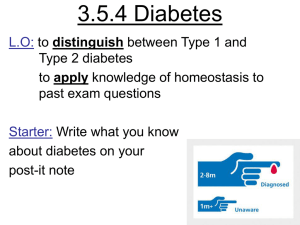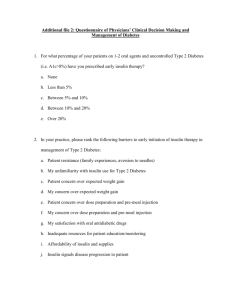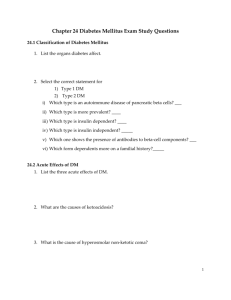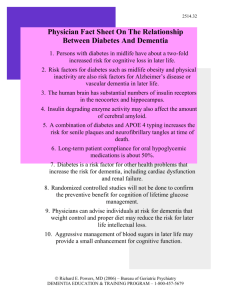View/Open
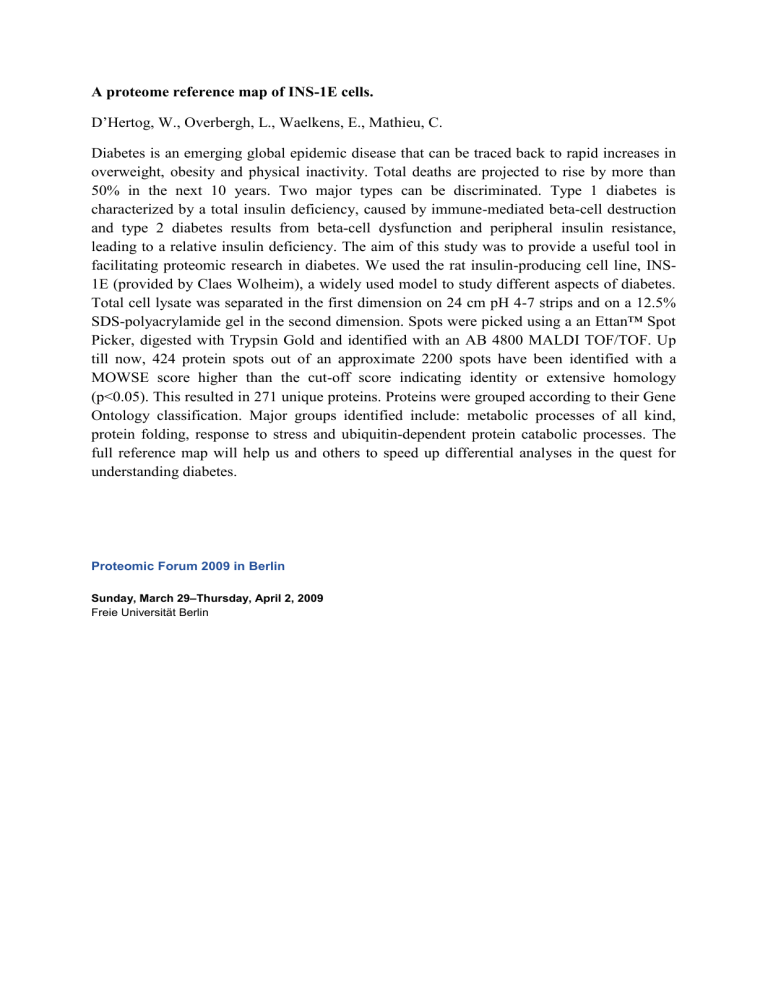
A proteome reference map of INS-1E cells.
D’Hertog, W., Overbergh, L., Waelkens, E., Mathieu, C.
Diabetes is an emerging global epidemic disease that can be traced back to rapid increases in overweight, obesity and physical inactivity. Total deaths are projected to rise by more than
50% in the next 10 years. Two major types can be discriminated. Type 1 diabetes is characterized by a total insulin deficiency, caused by immune-mediated beta-cell destruction and type 2 diabetes results from beta-cell dysfunction and peripheral insulin resistance, leading to a relative insulin deficiency. The aim of this study was to provide a useful tool in facilitating proteomic research in diabetes. We used the rat insulin-producing cell line, INS-
1E (provided by Claes Wolheim), a widely used model to study different aspects of diabetes.
Total cell lysate was separated in the first dimension on 24 cm pH 4-7 strips and on a 12.5%
SDS-polyacrylamide gel in the second dimension. Spots were picked using a an Ettan™ Spot
Picker, digested with Trypsin Gold and identified with an AB 4800 MALDI TOF/TOF. Up till now, 424 protein spots out of an approximate 2200 spots have been identified with a
MOWSE score higher than the cut-off score indicating identity or extensive homology
(p<0.05). This resulted in 271 unique proteins. Proteins were grouped according to their Gene
Ontology classification. Major groups identified include: metabolic processes of all kind, protein folding, response to stress and ubiquitin-dependent protein catabolic processes. The full reference map will help us and others to speed up differential analyses in the quest for understanding diabetes.
Proteomic Forum 2009 in Berlin
Sunday, March 29 –Thursday, April 2, 2009
Freie Universität Berlin


